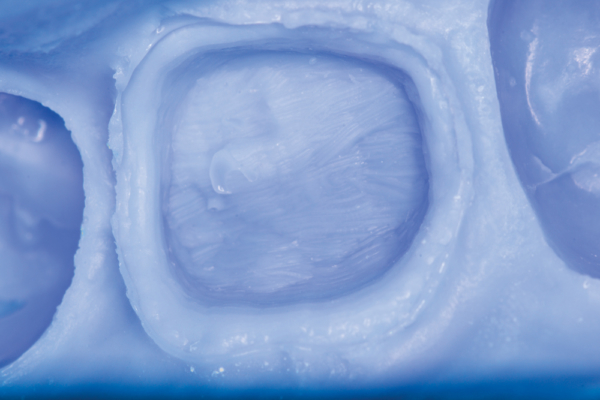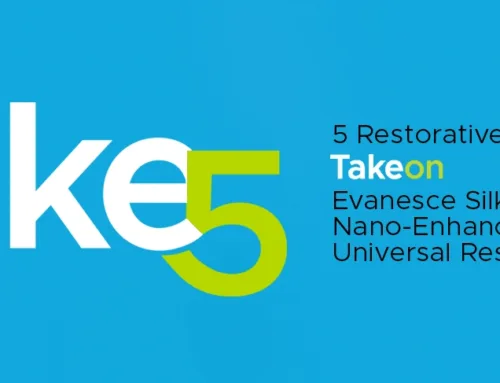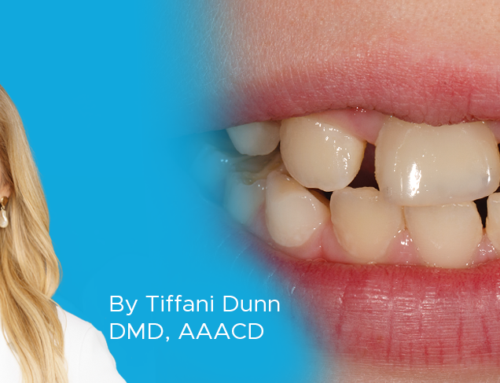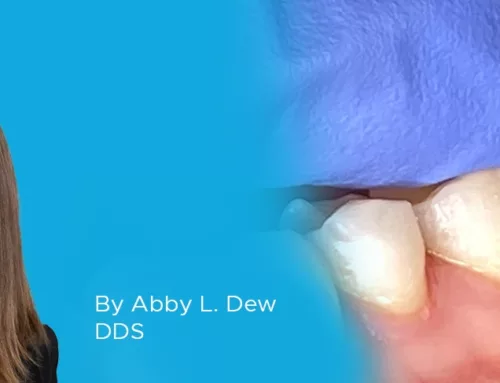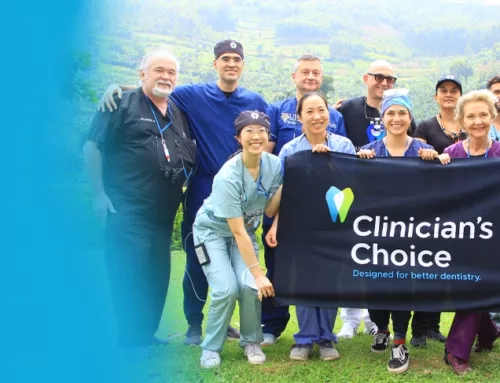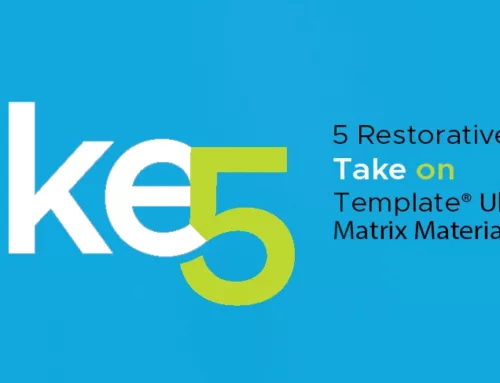Consistently Accurate Impressions Designed for You
While the use of digital scanners and dental milling machines continue to rise, there is still the need for consistently accurate VPS impressions. The ability to precisely capture the prepared site and surrounding hard and soft tissue remains paramount to efficiently delivering the highest quality functional restoration regardless of the chosen method of impression-taking.
Polyvinyl siloxane impression material has been utilized for many years and is proven to provide the dental laboratory with the ability to replicate the preparation site. VPS formulations have evolved and improved over the years in the areas of accuracy, flow, tear strength, working and set times, and dimensional stability. With so many options and brands of VPS impression materials on the market, what parameters should be considered when choosing one over another?
When considering the selection of wash and tray materials, choosing from the same brand line-up has its advantages. The assumption that all VPS materials are compatible with one another may be incorrect. It is important to ensure that the wash is not displaced by the tray material for optimal accuracy and that there is a seamless blend between the two viscosities. In addition, attention has to be paid to working and set times to ensure compatibility, as most reported times fall within ranges.
There are many techniques used to consistently capture accurate final impressions. The ideal impression material for a particular dentist is the one that supports their technique without compromise. For a dual-arch impression, the tray material should set to a rigid, high durometer to avoid tray distortion. When choosing a light body impression material, the viscosity should reflect the specific technique used to syringe the wash material around the preparation and into the sulcus. For example, a lower viscosity wash is ideal for the dentist who prefers to use an air syringe to force the wash material into the sulcus.
As diligent as one can be with isolation and soft tissue management prior to the impression procedure, there will always be moisture present in the sulcus, especially deeper ones. As such, the choice of light body or wash material has to reflect tolerance to the presence of moisture. While there is no truly hydrophilic impression material, there are certainly degrees to which a VPS will be accurate over another when moisture is present in the sulcus.
Flow of the VPS impression material is key to the accuracy of the impression. From the ability of the wash material to be syringed over the preparation and into the sulcus, to the tray material accurately capturing the detail of the surrounding dentition and soft tissue without displacing the wash material, every stage is critical to the success of the restoration. Since flow properties are linked to the chemistry of the particular VPS material, there is an advantage to using a bite registration material and even a putty viscosity from the same product line. Bite registration material often lacks sufficient accuracy of the occlusal surface due to its limited flow, making it incompatible with the cast of the highly accurate final impression. Increased flow properties for a temporary matrix material would increase its accuracy and detail, resulting in less finishing time spent on the temporary.
There has been a shift toward faster working and set times for VPS impression materials. The obvious advantage to this is greater patient comfort and better technique efficiency. This is an important feature for the aforementioned reasons and a choice of work, and set times is a definite advantage. However, the working time should reflect the actual time required for the assistant to properly fill the impression tray and the dentist to adequately syringe the light body over the prepared unit or units; for example, a longer working time for wash material for multiple units is essential. If the working time is violated in any way, the result could be voids and pulls in the tray material around the adjacent teeth, inability to accurately capture the margin or margins, and an incomplete union between wash and tray materials – each one contributing to diminished accuracy. Faster set times are less problematic providing the tray is sealed quickly and accurately and are only an advantage if the set time is independent of the working time. This means that the impression material will start to set once placed in the mouth regardless of how much working time was used. A heat-activated set time is a distinct advantage in this case.
While there have been improvements in the chemistry of VPS materials over the years, not all brands have been affected by these improvements. Most impression materials utilize a linear resin chemistry even though a more stable branched resin chemistry is available that contributes to better flow properties and a higher tear strength, as the thinnest sulcular and interproximal fins are at risk of tearing upon removal and are vital to the overall accuracy of the impression. Surfactants are added to VPS impression materials to assist in lowering the surface tension of the hard and soft tissues, leading to better contact between the impression material and the tissue. As these surfactants are an added component of the material, their distribution contributes to its accuracy. The more even the distribution, the more accurate the impression due to more consistent surface contact. The filler component of the VPS material can differ from brand to brand as well. A more refined filler particle will better reflect the detail of the impressed surface as well as the flow of the impression material, regardless of the viscosity.
Taste and color are further down the list of attractive features of a VPS impression material. At best, the taste should be neutral and definitely not bitter. Flavored impression materials may stimulate the saliva glands making for an uncomfortable set time. Color can be significant as some colors of wash material allow for a better visual inspection of the captured margin than others.
Many factors contribute not only to the accuracy of a VPS impression material, but also to its compatibility with the impression technique favored by the dentist. Careful consideration of these factors must be made in order for the dentist to continue with their preferred technique. A faster working time, for instance, may throw off the critical timing between the dentist and the assistant; or worse, a violation of this fast working time will result in an inaccurate final impression. Knowing and understanding what features are most suitable for the dentist’s individual technique will increase the predictability and success with this key stage of the indirect restorative procedure.

